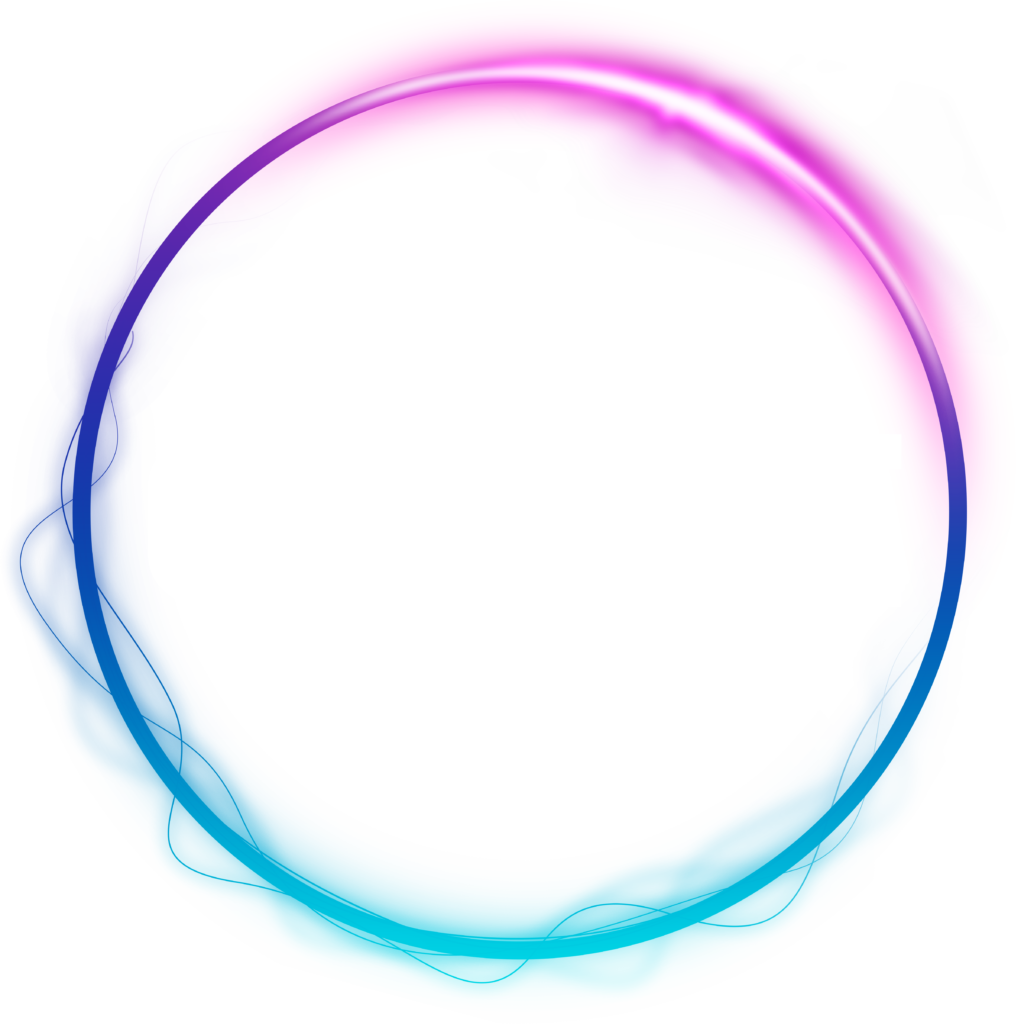It can be puzzling to read about cryptocurrencies – which are decentralized digital assets that operate on a blockchain – without understanding the terms used. The jargon of cryptocurrencies might appear like its own language, with its own set of abbreviations, technical words, and slang. Over the last decade, cryptocurrency devotees have found inventive methods to describe, practise, and give meaning to the movement of decentralized money.
There are various phrases you may learn to enhance your grasp of this industry, whether you’re interested in a job in finance or you simply want to learn more about your personal finances. These definitions might help you make better financial decisions and keep you informed when you consult a tax accountant or another professional in this area. Knowing these ideas will also make it easier for you to communicate with clients, investors, and coworkers about financial matters.
Here are 10 of the most common crypto and financial terms you need to know:
- Blockchain: A blockchain is a collection of interconnected blocks that contains a record of every verified transaction ever made with a specific cryptocurrency.
- DeFi: Decentralised Finance is referred to as DeFi. DeFi is a crypto movement that aims to promote not just the exchange of decentralised currencies but also the use of decentralised technology in the process. The most well-known DeFi initiatives are decentralised exchange protocols, which automate cryptocurrency trades between buyers and sellers, cutting out the middleman.
- Fiat: The term “fiat” refers to money that has been issued by the government, such as the dollar or the yen. Fiat is a general term that refers to any form of money that is managed by a centralised authority. The decentralised nature of Bitcoin makes it a viable alternative to conventional fiat money.
- Mining: The process by which new cryptocurrencies are created is called mining. In order to secure and power a network while also creating new tokens, many cryptocurrencies rely on a proof-of-work mining system, in which computational power is allocated to solving challenging math puzzles.
- Token: Unlike Bitcoin or Ethereum, which are technically also tokens, a token in the context of cryptocurrencies is a unit of currency. Specifically, it’s a way to refer to a currency that runs on a particular blockchain.
- Assets: An asset is something that an entity owns and that has monetary value. Assets are items that show up on the balance sheets of companies. Assets that can be easily and quickly converted into cash by their owners, frequently within a year, are known as “current assets,” also known as “liquid assets.” Examples include inventory, short-term investments, and checking or savings account balances. Fixed assets, also known as non-current assets, require more time to liquidate. Examples include property, machinery, and equipment. Assets may be tangible, meaning material items such as cash or equipment. While not physical objects, intangible assets like trademarks, patents, copyrights, and franchise agreements still have value.
- Capital gains: Gains from investments or assets that exceed their original cost are referred to as capital gains. It stands for the difference in value between an item’s purchase price and its current value. When a company sells an investment or asset, a capital gain is realised. A capital loss happens when an investment or asset loses value after being purchased.
- Interest: The additional expense incurred by borrowers of borrowed funds is known as interest. Institutions that lend money to a company often charge interest based on a percentage of the loan. For instance, a borrower who receives a $30,000 auto loan might be asked to pay an extra 5% of the loan sum, or $1,500 in interest. Other variables, such as a person’s credit rating and how long it takes them to repay the money, can also affect interest rates. Additionally, when people save or invest money, they might receive interest.
- Cryptocurrency: A digital form of money that can be exchanged for products, services, or other currencies is called cryptocurrency. Instead of being validated and maintained by a centralised authority like a bank, records of cryptocurrency transactions are verified and kept on a decentralised ledger by regular people using a computer technology called cryptography.
- Commodities: A commodity is a basic good that is used in trade and can be exchanged for other items of the same kind. The most frequent use of commodities is as raw materials for the creation of other products or services. A commodity, thus, usually refers to a raw material used to manufacture finished goods.
Cryptocurrency and its entire language of related terms that have sprung up alongside the investing phenomenon are ubiquitous, appearing in both mainstream media and the most specialised areas of the internet. Regardless of how much you know or don’t know about cryptocurrencies, finance, or the technology that supports them, each jargon can make an already difficult topic even more difficult to comprehend. However, when you choose an unknown industry to benefit from, you need to get used to its terms.


